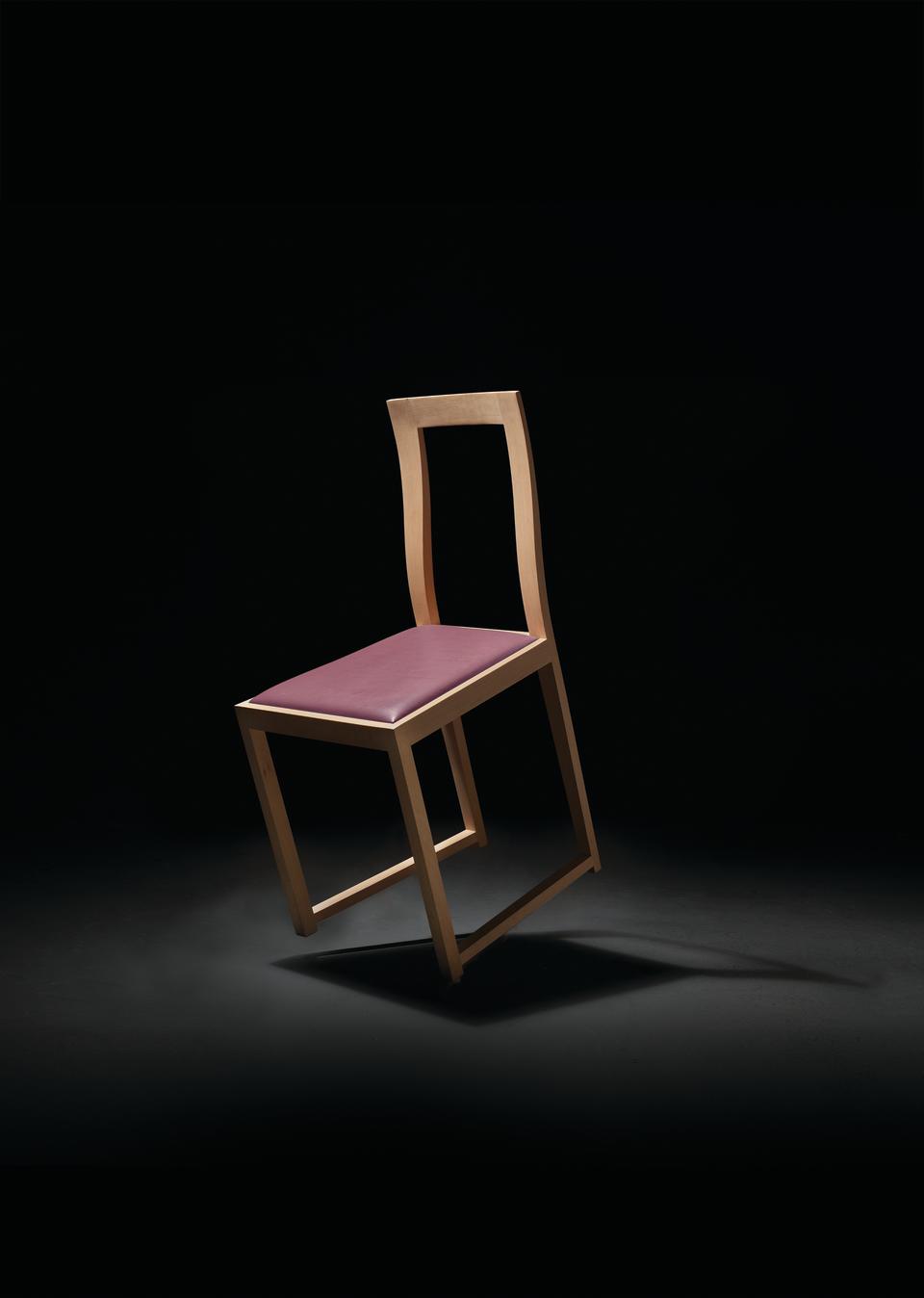Furniture Maker Romeo Sozzi on Keeping Slow Design Alive and Thriving

VALMADRERA, Italy — In a small, charming corner of a bustling factory, brushes and watercolors litter a small desk peppered with unfinished paintings, before a window corniced with ivy. Overlooking a verdant valley with the pre-Alps in the distance is exactly where furniture maker Romeo Sozzi’s history began, and where his slow design is nurtured to this day.
Sozzi spent his summers working around the factory, making whimsical prototypes away from his father’s critical eye, and later challenging his traditional design vision after seeing the world by motorbike and with a backpack. What they did share in common was their respect for raw materials and their commitment to making things that last. Slow design is something he defines as “sincerity and honesty and respect to materials.”
More from WWD
Safilo H1 Net Profit Improves Despite Falling Sales Worldwide
Do Short Shorts Have Legs With Male Consumers? Retailers Say Not Yet
“My father wanted to teach me everything so I wouldn’t make mistakes, and I try to do that with my children,” he said in an interview in his office, a library brimming with unexpected texts ranging from “A History of Everyday Things in England, 1066 to 1799” to famed advertising pioneer and art collector Charles Saatchi’s “Be The Worst You Can Be.”
Today, Sozzi owns Italian sister brands Promemoria and Bottega Ghianda rooted in his family’s long woodworking expertise.
While the Sozzi family is completing projects in Hong Kong and Miami in the skyscrapers of the future, its history goes back to the late 1800s. “It’s like owning two encyclopaedias on the shelf. One is 100 years of Sozzi Arredamenti — there is a lot of history in these books.”
Sozzi, along with his three children, runs both Lake Como-based companies. They include haute couture furniture collections and Sozzi’s own designs, like the small Battisti tables that are a tribute to the Dutch painter Piet Mondrian.
In 2015, he began working with Pritzker Prize–winning architect Álvaro Siza, who designed the Bottega Ghianda Farfallina (“little butterfly,” in Italian) chair that won a Compasso d’Oro award earlier this year, and about three years ago they worked with the late Gaetano Pesce and experimented with his signature resin for the first time. While Promemoria is more subdued and researched, Bottega Ghianda is more contemporary and works on made-to-measure projects worldwide.

In addition to being a dreamer, Sozzi has made a business out of his slow fashion. In 2023, Romeo Sozzi Arredamenti posted 31 million euros in revenue, up from 27 million euros a year earlier and 24 million euros in 2021.
The company has three stores — in Milan, London and New York — and the idea is to open units in design hubs like Miami and Los Angeles in the longer term. Growing the company, he said, hasn’t been easy and in business, Sozzi has had to learn from his own mistakes. About a decade ago, they let a Chinese fund in with a minority stake.
With different visions of business, the family was able to liquidate the Chinese fund’s stake in the company and move forward with a fortified strategy. Today the company boasts about 150 employees and the median age is about 30 to 35.
While a dearth of artisanal talent permeates the furniture-making heartlands of Italy, Sozzi has confidence that his vision has attracted youthful craftsmen. “We have people — 20- to 22-year-olds — who we taught to work and finish wood with sandpaper. We have kids that sew by hand at that same age and this is a great outlook in our quest to impress young people,” he said as he walked through the factory, where a young woman was making wood inlays meticulously by hand in the shape of butterflies.
The core of the company, he said, has been the same since the 1800s, approaching furniture like art.
“For me the chair is the first form of architecture…. and the backrest is a sculpture,” he said pointing to an antique Carl Hansen chair. “When a man decides to become a man and distinguish himself from an animal… the first thing he thinks is to lift himself off the ground… the fact that the body is separated from the earth is a spiritual fact,” he said.

For slow design bands across the board, premium storytelling is key, says Milan-based consultancy Mr. Lawrence.
“It is more than ever strategically crucial for companies to find a dialogue between heritage, tradition and new languages rather than just celebrate the same masters of the 20th century, but with the aim of generating a new path: projected toward the future, looking to the past and not vice versa,” said Mr. Lawrence cofounder Annalisa Rosso.
Slow design is endearing consumers worldwide, just as slow fashion and slow food have over the years. As Paris design trade show Maison&Objet unfolds in Paris Sept. 5 to 9, organizers will turn the spotlight to the spirit of slow and how conscious design principles, including upcycling, are a growing part of the slow design movement.
Belgian national, designer, decorator, and artist Lionel Jadot, who has been named Maison&Objet’s Designer of the Year — Hospitality, is a member of another historic furniture making family, the Vanhammes. Today, Jadot is also well known in his own right for his work with repurposed materials for design pieces and reinvention of spaces.
Slow design like his, Jadot said, is about stepping away from the mainstream and using conscious ingredients. “It’s the same with food. We try to find better food made in a better way and people at the end of the day want to make better choices as to how they spend their money. The same things happened with fashion.”
Best of WWD


